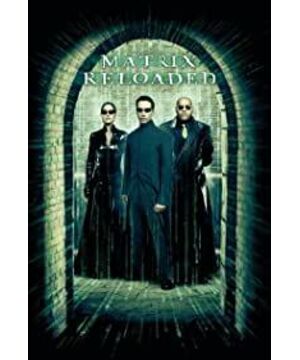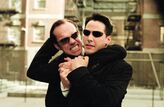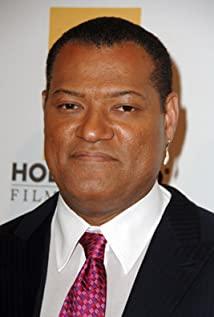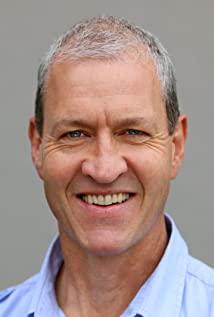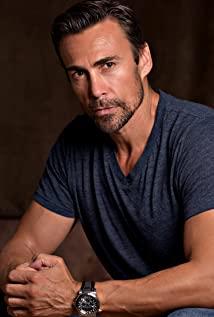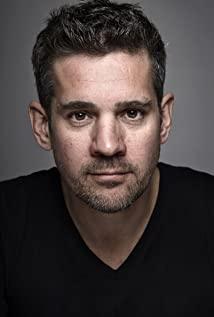From the 20th issue of "New Movie". In "The Matrix 2: Reloading", the Wachowski brothers and visual director John Gita abandoned the time-consuming and laborious "bullet time" and used comprehensive "virtual shooting technology" for the first time in film history. The so-called "virtual shooting" refers to the "holographic" duplication of a real world and actors, and cloned into the illusory world in the computer, thereby opening up the boundary between "virtual" and "real" in a physical sense. The director can create shots that are impossible in the real world. The only limit left is imagination. In short, the difference between "virtual shooting" and ordinary computer special effects is like the difference between drawing a sheep on manuscript paper and using biotechnology to clone that sheep. The Wachowski brothers used the revolutionary technology of "virtual shooting" to shoot almost impossible camera movements from previously impossible angles in the film: for example, directing the camera to freely surround Neo and 100 shots. Smith, or arbitrarily interspersed among them, looking for a more reasonable angle, can make the lens smoothly transition from super slow to super high speed. In the final movie, the audience will see the camera rotate around the center of the fight at super-high sound speed to shoot the final shot at regular speed. It can be said that "virtual shooting" liberated the director's unlimited imagination. Another road war that is different from "virtual shooting", the film uses "visual preview" technology, the purpose is to "end all other car chase scenes." The 14-minute car chase involved more than 300 vehicles of various types, including Trinity, who also drove the "keymaker" in the chaos. This is the ultimate test of special effects programming, because all scenes must be shot in real time, and an inaccurate data derivation may lead to tragic casualties of special effects personnel. The crew decided to use the "visual preview" system to arrange the most complicated car chase in the history of the movie. In short, it is to simulate scenes, camera positions, lens angles, etc. on the computer now to perform calculations to obtain the shooting effect and process. The film’s designers and engineers began preparations one year in advance, using the three-dimensional model to determine the trajectory of the motor vehicle and the direction of movement during collision and explosion, and the speed that each car should play in this scene was accurate to each In miles per hour, a detailed operation process was also developed for the stunt driver, so that the shooting was carried out as planned, and there was no trace of the arrangement. In this way, a car chase that made adrenaline soaring without feeling the traces of "design" at all, was perfectly choreographed.
View more about The Matrix Reloaded reviews


